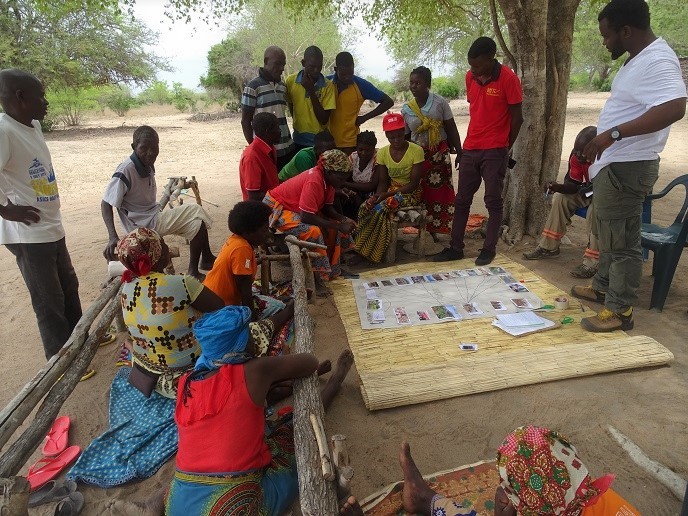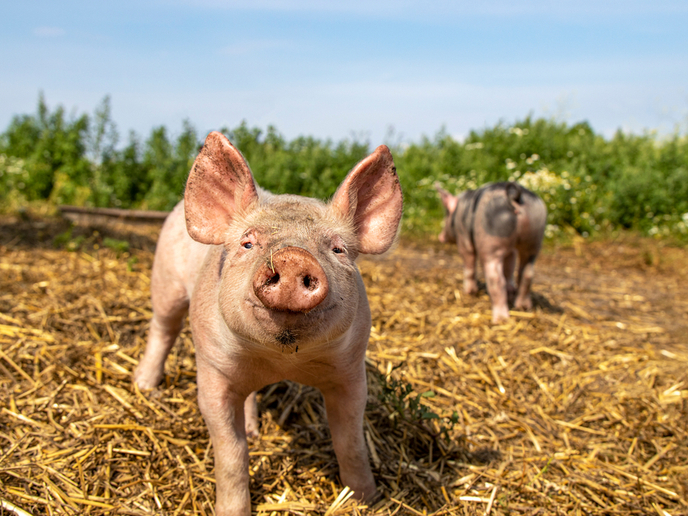Genomic management for better cattle resilience and efficiency
Animal husbandry – including sorting breeding stock from those destined for the slaughterhouse – relies on a fair amount of intuition and guesswork. But what if farmers could have their decisions informed by precise genetic and non-genetic information? In this new reality, the value of individual animals and their suitability for breeding would be determined using dedicated management tools. This is precisely what the EU-funded GenTORE (Genomic management Tools to Optimise Resilience and Efficiency) project has set out to achieve. “Farmers often have many questions about their animals, and the answers depend mostly on their innate capacities – their genotype – and their current state or phenotype,” explains Nicolas Friggens, a researcher at INRAE and coordinator of the GenTORE project. Until recently, both could only be approximated. But the advent of genomics and automated on-farm monitoring technologies has the potential to completely change this. “It could provide highly accurate information to guide farmers’ most crucial decisions,” says Friggens. Directly building on these advances, GenTORE provides a set of tools that improve cattle management every step of the way. These tools enable multi-breed selection for better cattle resilience and efficiency (R&E), characterisation of diverse farm environments, large-scale phenotyping of R&E using on-farm technology, and on-farm management of breeding and culling decisions. Farmers can even use GenTORE to predict the consequences of changing breeding and management on overall farm resilience.
Cattle management under the microscope
Thanks to GenTORE, farmers can rank their cows according to their dairy worth. Using this information, they can then decide which of their cows should be bred using dairy semen, and which ones should be bred using beef breeds that will increase calf value for meat production. Yet the range of possibilities is wider: “With this genomic information on their cows, farmers will be able to select the bulls that give the most favourable combination of genes. GenTORE has already developed such tools and they are being deployed by breeding companies and farmers,” Friggens notes. To get to this level of precision, the GenTORE consortium had to compile a unique database of over 1 million genotypes and combine genotypes with R&E phenotypes. This was perhaps the most difficult part of the project. “In some situations, typically extensive beef production systems, there was very limited data available. We had to carry out dedicated trials within GenTORE,” says Friggens. He adds: “We also wanted to see if remote monitoring of animals was feasible. As there was no information available, we carried out our own studies using drone technology. These show that such technology has potential but is not yet ready for deployment.” Many other tools are. Besides the ranking tool, the GenTORE team have successfully developed a Europe-wide cartography combining geophysical, weather and farm type information that provides key information on the local production context. They have also devised improved methods for phenotyping R&E using on-farm technologies that measure both animal performance (milk production, bodyweight, etc.) and other facets such as activity and temperature. Finally, they created new methods to improve the genomic evaluation of cross-bred animals. “We hope our work will enable new generations of cows that are better adapted to their local production environments. Better adapted animals means improved welfare, improved longevity, and sustainable efficiency for cattle production systems.” The on-farm management tools will also allow farmers to tailor their breeding strategies to produce the right numbers of animals for their needs. This means fewer replacement animals, which is good news for the environmental footprint of cattle production. “Finally, the longer-term prediction models developed in GenTORE will allow farm advisors and farmers to better anticipate, and adapt to, the impacts of climate change on their regions,” Friggens concludes.
Keywords
GenTORE, genomic information, data, phenotype, cattle management, cows







